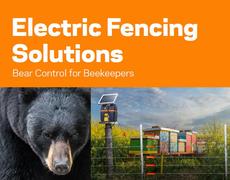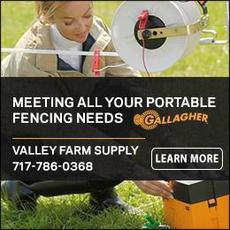The installation of a fence controller can be prone to several mistakes that can compromise its effectiveness. Here are the seven common sins to avoid:
1. Neglecting the importance of a proper ground system: It is crucial to follow the installation instructions and ensure that the fence controller has a sufficient ground system.
2. Beware of stray voltage: Placing the fence controller ground system within 50 ft. of utility grounds, buried water pipes, or buried telephone wires can lead to stray voltage. Refer to the installation instructions and Radio Interference Section for guidance.
3. Inadequate insulation of lead-out wire and jumper wires: To prevent any electrical mishaps, make sure the wire used is insulated to a minimum of 20,000V. Refer to the installation instructions for detailed steps.
4. Poorly insulated ground wire placement: The ground wire should be adequately insulated and located within 20 ft. of the fence controller. This step is covered in the installation instructions.
5. Avoid inferior connections and splices: Properly connecting and splicing the fence wire, ground wire, lead-out wire, and jumper wires is crucial for the overall functionality of the system. Follow the instructions provided in Step 3 of the installation guide.
6. Ensure high-quality fence wire insulation: Using cracked insulators, poor quality insulators, water hoses, plastic tubing, or not using insulators with wood posts can compromise the performance of the fence controller. Refer to Step 3 of the installation instructions for appropriate materials.
7. Choosing an underpowered fence controller: Consider the condition of the fence to be energized, such as rain, snow, ice, vegetation, rusty wire, and the length of the fence. It is essential to select a fence controller that can handle these conditions. Refer to the manual's "How Electric Fencing Works" section for guidance.
By avoiding these seven sins of fence controller installations, you can ensure a properly functioning and effective fence system.






Comments
Jump to comment formStephen Pimbiyo said:
Help my merlin m28s is working by its not chocking